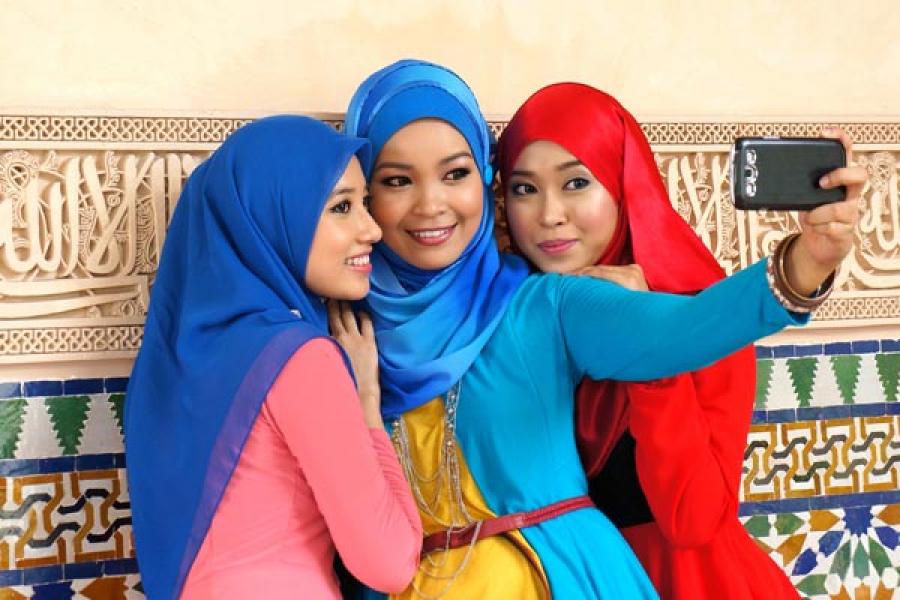Bangladesh could show India the way in 3G
Image: Shutterstock
Absurd as it may seem, Bangladesh might soon lead India in the adoption of 3G: the spectrum is cheaper, 3G networks are ready to be rolled out and smart phones are more keenly priced.
Bangladesh held its first 3G spectrum auction in September. This was a much-awaited event, but one which lasted only a couple of hours. In contrast to the 3G e-auctions in India which lasted five weeks, Bangladesh’s was a simple shout-it-out affair held in a conference room at a five-star hotel in Dhaka. Grameen Phone, a subsidiary of Norway's Telenor Group and the largest operator with over 40m subscribers, walked away with 10 MHz nationally for $210m, while Banglalink (a subsidiary of Russia’s Vimpelcom), Airtel (of India) and Robi (a subsidiary of Malaysia’s Axiata and NTT DoCoMo of Japan) took 5 MHz each, with each bidder paying $105m. Teletalk, the Government-owned operator, had been awarded spectrum earlier.
$525m was spent in all, which is about 1/30th the $15billion spent in India's 3G auction of 2010. Given that India has 23 circles, roughly speaking the Bangladesh auction raised the amount represented by a single circle in India's auction. That represents comparatively good value, given that Bangladesh is a fast-growing market of 160m population and is equivalent to about three Indian circles, including one metro, as a telecoms market. Credit in part goes to the chief of the BTRC, Bangladesh’s telecom regulator, who made sure that the reserve price was reasonable and that Government’s fiscal concerns didn’t hijack the agenda. This holds the Bangladesh auction in stark contrast to the heady fiscal objectives that were paramount in the Indian auctions held three years' ago.
The bidders all got the spectrum they desired also, and the range of 5MHz to 10MHz taken contrasts to India where no operator found it worthwhile to take nationwide spectrum, and for the circles where they did, they only took between 4-5 MHz. India remains relatively spectrum-starved for high-speed mobile data compared to most countries, including Bangladesh.
But cheaper access to spectrum, and more of it, are just two reasons why Bangladesh may outdo India’s lacklustre beginnings in 3G. Consider the following:
- Plug-and-Play: Operators claim that their equipment suppliers have installed 3G-ready networks, where engineers just need to insert a 3G card into a slot at the base station to enable the new spectrum to be used. Indian operators had quite alot of legacy network which could not be upgraded so easily.
- Flat country: With the exception of a smidgeon of hill in Chittagong and Sylhet, Bangladesh is virtually flat. Roll-out cost will be less than in India, and signal quality is likely to be better.
- Affordable devices: On a recent trip to Dhaka I used a Symphony dual-SIM handset manufactured in China but assembled locally and retailing for 5,000 Taka (INR 3,500). Symphony has taken the market by storm and the current adoption of smart phones is rapid. In India the price points are 50% higher.
- One language: There is only one common written language in Bangladesh – Bengali – and therefore a likelihood that localised services will come up quicker than in India as application developers write for a unified market. This compares to over a dozen indigenous languages, and countless variations and dialects across India.
- Hunger for Internet: At less than 1% fixed broadband penetration, Bangladeshis are more Internet-starved than Indians. The vast majority of the population have never had an Internet experience, but many have a curiosity to find out. Bangladesh is a market even more ripe for the mobile Internet than India.
- Latecomer Advantage: Bangladesh has what I refer to as the “t+” advantage. It is t+3 years to 3G in India, t+6 to Malaysia, and so on. Operators should be able to learn from the mistakes made elsewhere in pricing and network.
The first few reasons point to how initial adoption of 3G might be quicker, but the last three reasons indicate the potential for Bangladesh to outdo India in data services uptake altogether. Three years into India's 3G story, data services usage is still only just picking up. Admittedly growth has been impressive this year with 3G usage doubling since last year. But this growth is on a small base, and is only at pace with smart phone penetration (which has also doubled in the past year). In other words, 3G usage is "rising with the tide", and no operator is showing that it can outstrip handset penetration to show a true shift towards data services use by its customers. Without industry-wide collaboration to drive significantly higher data use, and the widespread adoption of mobile-enabled services such as money transfer, the success of India's data story cannot be assured.
Certainly Bangladesh's preconditions seem to be positive for quick data services growth. If money and other mobile-enabled services pick up, data usage could become a real long-term force for democratisation. This country may be minnows when it comes to sub-continental matters such as movie-making or cricket, but when it comes to 3G Bangladesh may just show its bigger neighbour the way.
The thoughts and opinions shared here are of the author.
Check out our end of season subscription discounts with a Moneycontrol pro subscription absolutely free. Use code EOSO2021. Click here for details.

